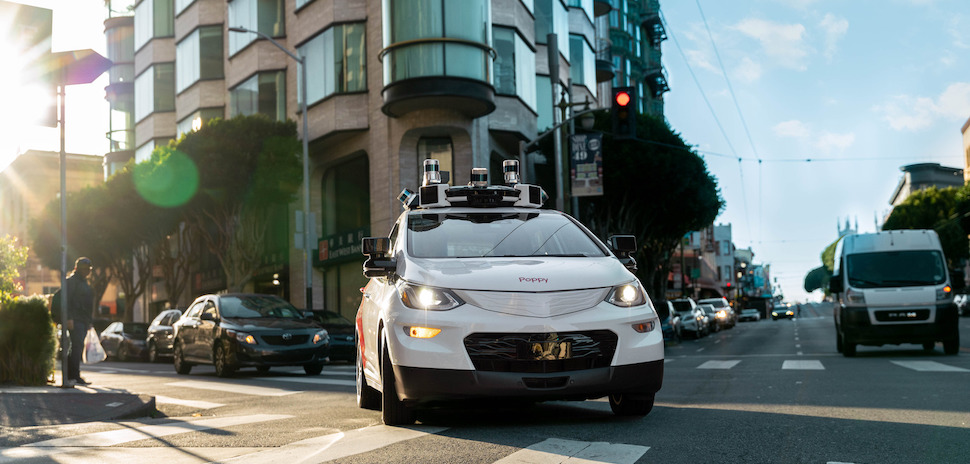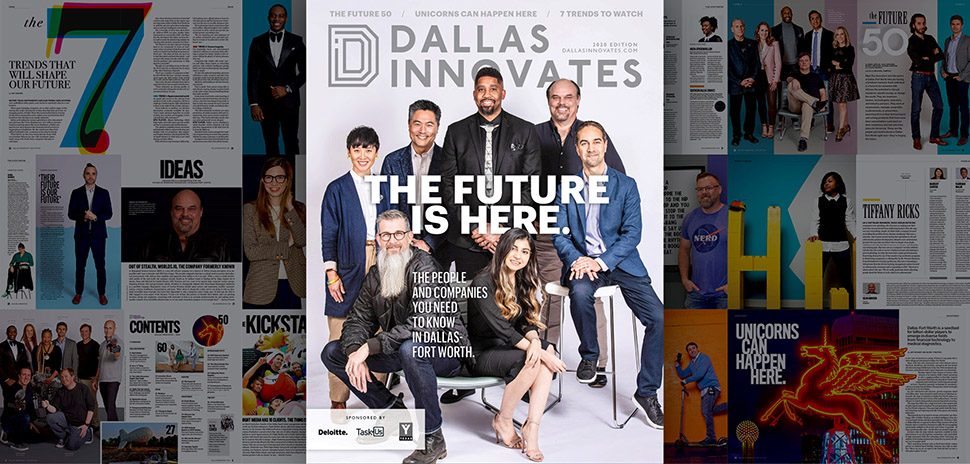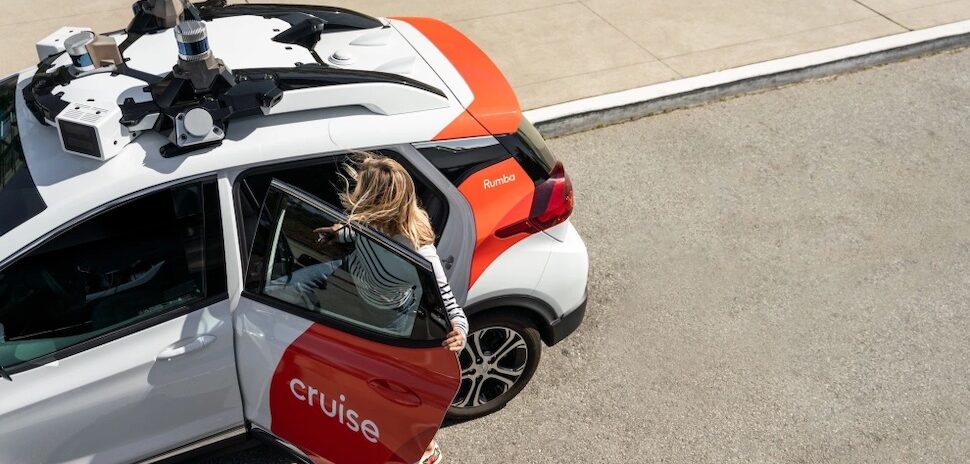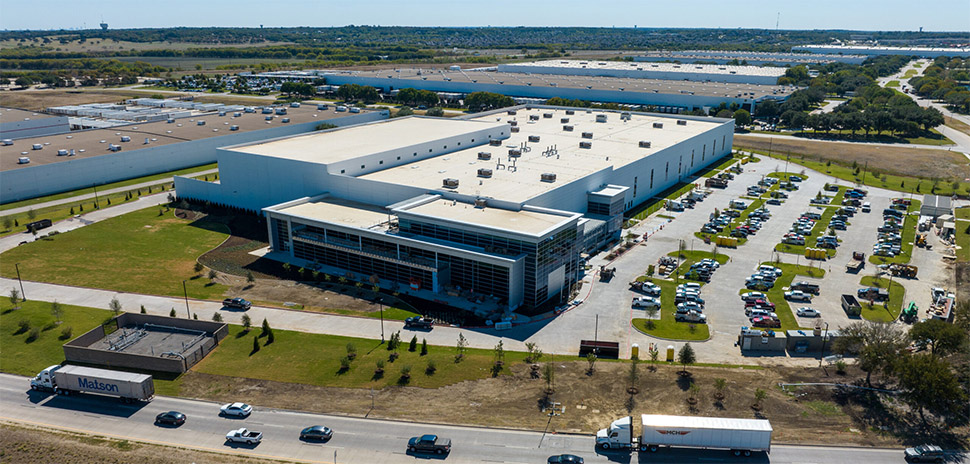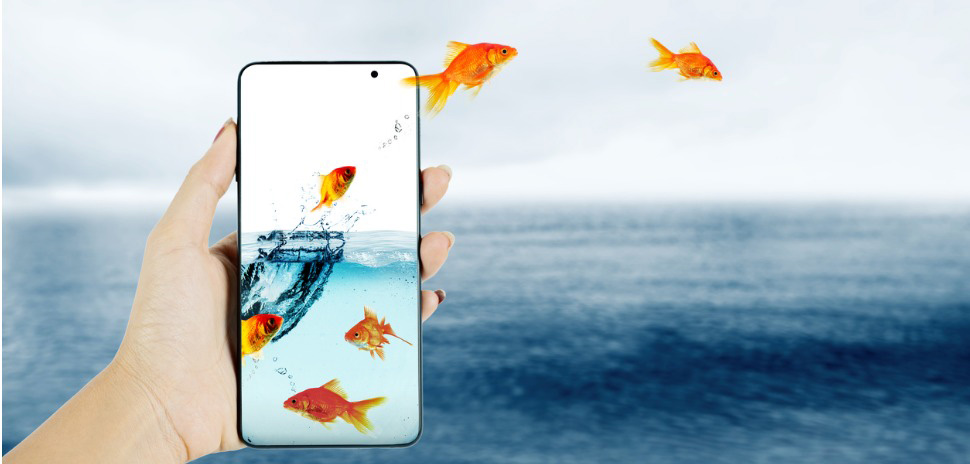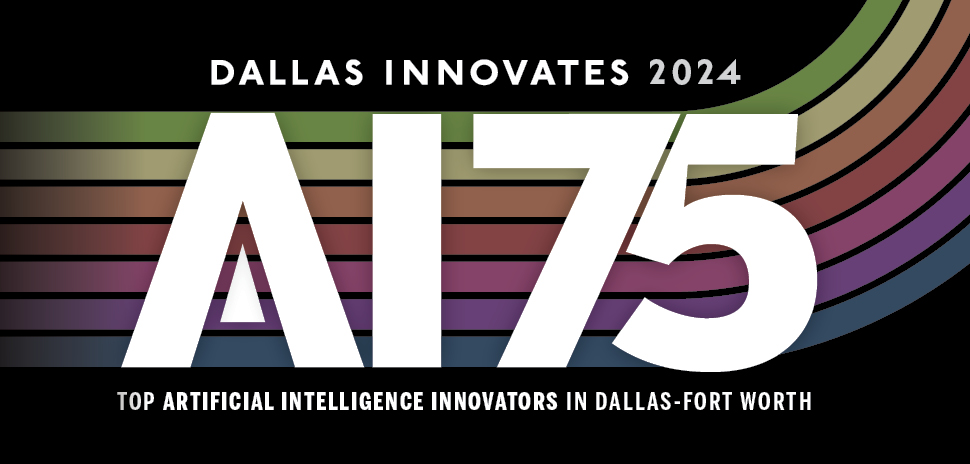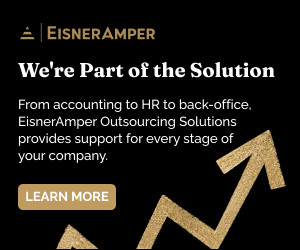Last month, GM-owned Cruise began operating “under 10” of its self-driving robotaxis on Dallas streets in a final stage of testing in the city before commercial launch. The only humans in the vehicles were Cruise employees riding along in back. But that process was paused in late October weeks after an incident with a Cruise vehicle in San Francisco—and now the company’s entire fleet of driverless vehicles has been recalled.
Cruise—which has already launched commercial robot taxi services in San Francisco, Austin, and Phoenix—made the moves in the wake of an October 2 incident involving a pedestrian in San Francisco. After being struck by a hit-and-run human driver, a woman fell into the path of a Cruise robotaxi. According to the San Francisco Chronicle, which cited a California DMV report, the Cruise vehicle braked hard to a stop, and then did a “pullover maneuver,” resulting in the woman being dragged underneath the vehicle about 20 feet at a slow rate of speed.
According to the Chronicle, this was “the first AV-involved crash in San Francisco to result in severe injuries.” The incident—and Cruise’s alleged initial withholding of a full video of what occurred during a meeting with the DMV and California Highway Patrol—led to the DMV suspending Cruise’s operations in California on October 24.
On Wednesday, Cruise announced in a blog post that it had issued a voluntary software recall affecting its entire driverless fleet.
The company—which launched in 2013 and was acquired by General Motors in 2016 for $1 billion—also announced a series of moves it’s making in response to what happened on October 2 and afterward.
Cruise develops software update for recalled fleet
“We recently announced a pause of all our driverless operations while we take time to examine our processes, systems, and tools, and improve how we operate,” the company stated.
“As part of our larger efforts to assess, identify, and remedy issues as we work with NHTSA and other regulators, we have issued a voluntary recall of part of our [autonomous vehicle] software based on a new analysis of our AV’s post-collision response on October 2,” the company added. “The recall addresses circumstances in which the Cruise collision detection subsystem may cause the Cruise AV to attempt to pull over out of traffic instead of remaining stationary when a pullover is not the desired post-collision response. “
Cruise said it has “developed a software update that remedies the issue described and have deployed it to our supervised test fleet, which remains in operation. We’ll deploy the remedy to our driverless fleet prior to resuming those operations.”
“Although we determined that a similar collision with a risk of serious injury could have recurred every 10 million – 100 million miles of driving on average prior to the software update, we strive to continually improve and to make these events even rarer,” the company said. “As our software improves, it is likely we will file additional recalls to inform both NHTSA and the public of updates to enhance safety across our fleet.”
Chief Safety Officer role has been created, law firm and engineering firm engaged
In addition to the software recall, Cruise announced the creation of a Chief Safety Officer role and said a search for the CSO was underway. The company said it had retained a third-party law firm to review the October 2 incident, “including Cruise’s later interactions with law enforcement, regulators, and the media.”
Cruise also said it has hired “an independent, third-party engineering firm to perform a technical root cause analysis of the October 2 incident,” adding that it will incorporate their findings into the company’s safety and engineering processes.
More information on steps Cruise is taking, including community engagement, can be read in the blog post.
![]()
Get on the list.
Dallas Innovates, every day.
Sign up to keep your eye on what’s new and next in Dallas-Fort Worth, every day.










